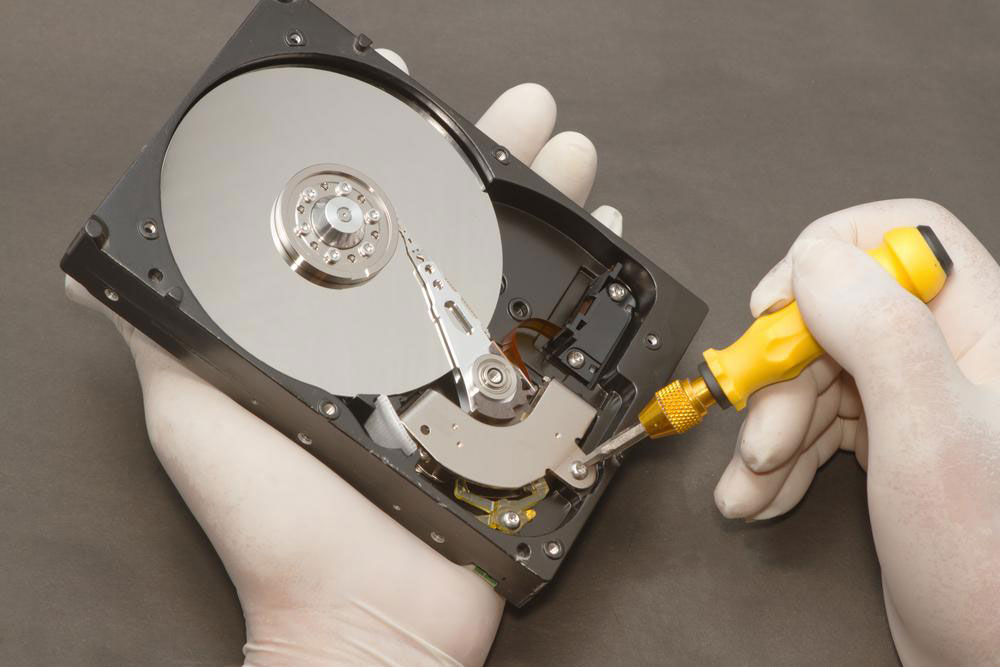The Ultimate Guide to Building Your Own Home Cloud Server for Enhanced Data Control
This comprehensive guide walks you through building a personal home cloud server, highlighting its advantages, detailing hardware options, and providing step-by-step setup instructions. Learn how to enhance your data privacy, expand storage capacity, and customize your server for various applications like media streaming, website hosting, and automated backups. Gain full control of your digital environment with this DIY project designed for beginners and tech enthusiasts alike, ensuring optimal security, flexibility, and long-term savings.

Complete Step-by-Step Guide to Creating a Personal Home Cloud Server
In today’s increasingly connected digital world, establishing a personal home cloud server has become a popular way to manage data efficiently, enhance online privacy, and gain greater control over digital assets. Whether you're looking to store files securely, host your own websites, or set up a media streaming station, a home server acts as a private cloud environment tailored to your needs. This comprehensive guide covers the numerous advantages, detailed setup procedures, hardware options, and software configurations necessary to empower you to create a robust, secure, and flexible home cloud server.
Understanding the Concept of a Home Cloud Server
A home cloud server is a dedicated device operating within your home network that provides essential services such as data storage, backups, media streaming, and even website hosting. Unlike relying on third-party cloud services, a home server offers complete sovereignty over your data, security protocols, and access controls, enabling you to customize the environment fully to meet your personal or household needs.
In contrast to commercial cloud services like Google Drive, Dropbox, or OneDrive, a home cloud server gives you the power to manage, secure, and access your data without dependency on external providers. This not only boosts your privacy but also minimizes subscription costs over time and allows for extensive customization tailored specifically to your usage habits and household requirements.
The Benefits of Building a Home Cloud Server
1. Enhanced Data Privacy and Security
One of the primary advantages is the ability to oversee your security settings and access controls. Running your own server means you control who can access your data and how it is protected, thereby greatly reducing risks associated with data breaches common in third-party cloud systems. Implementing robust firewalls, encrypted connections, and multi-factor authentication further fortifies your setup.
2. Flexible and Expandable Storage Solutions
Unlike fixed cloud storage plans, a home server allows you to scale your storage capacity by adding external drives or upgrading existing components. This flexibility ensures ample space for high-quality media files, backups, photographs, and documents, all without the constraints of cloud provider limits or additional subscription fees.
3. Long-term Cost Effectiveness
Initial investments in hardware might seem significant, but in the long run, hosting your own server eliminates ongoing subscription costs. You only pay once for hardware and maintenance, saving money while enjoying greater control and customization options.
4. Customization and Multi-Purpose Utility
Your home server can be a versatile tool—hosting personal websites, automating backups, running media streaming services like Plex, or even integrating with smart home devices. Its adaptability ensures that it caters precisely to your household's digital ecosystem.
Step-by-Step Process to Build Your Home Cloud Server
1. Choosing the Right Hardware
Selecting appropriate hardware is fundamental. You can repurpose an old computer, invest in dedicated Network Attached Storage (NAS) devices, use single-board computers like Raspberry Pi, or even build a custom server from scratch. Consider factors like processing power, storage capacity, energy consumption, and network stability.
- Repurposed Hardware: Using an old PC or laptop reduces costs but may lack the latest performance features.
- Dedicated Devices: NAS units such as Synology DiskStation or QNAP offer user-friendly interfaces and extensive features. Raspberry Pi devices are cost-effective and energy-efficient but may require more setup effort.
2. Deciding on an Operating System
Common choices include Linux-based distributions such as Ubuntu Server, Debian, or CentOS, which are renowned for stability and flexibility. Advanced users might opt for FreeBSD, while Windows Server editions appeal to those familiar with Windows environments and seeking seamless compatibility with existing Microsoft tools.
3. Installing and Configuring the OS
Download the chosen OS image, create bootable media, and follow detailed installation procedures. Assign static IP addresses for reliable network access, create user accounts with appropriate permissions, and enable SSH or remote desktop options to manage your server remotely.
4. Installing Essential Server Software
Depending on your intended applications, install relevant software modules: Samba or Nextcloud for private cloud storage, Plex or Jellyfin for media streaming, Apache or Nginx for web hosting, and backup tools like Rsync or Duplicati to safeguard your data. Fine-tune your configurations for performance, security, and accessibility.
Ongoing Maintenance and Security Best Practices
Regularly update your server's operating system and installed software to patch security vulnerabilities. Backup critical data periodically, monitor server performance, and implement security measures such as firewalls, strong passwords, and encryption protocols. Ensuring a secure environment protects your data and maintains smooth operation over time.
Common Use Cases for a Home Cloud Server
A home server isn't limited to file storage. It can host personal websites and blogs, act as a media center with applications like Plex or Kodi, serve as a backup destination for all household devices, or even connect with smart home gadgets to automate lighting, climate, and security systems. By doing so, it puts you in full control of your digital life, data privacy, and smart home environments.
Building and maintaining a personal home cloud server is a rewarding project that offers unmatched control, customization, and security for your digital assets. Properly set up, it becomes the central hub of your household’s digital ecosystem, empowering you to manage data and devices with confidence and ease.





